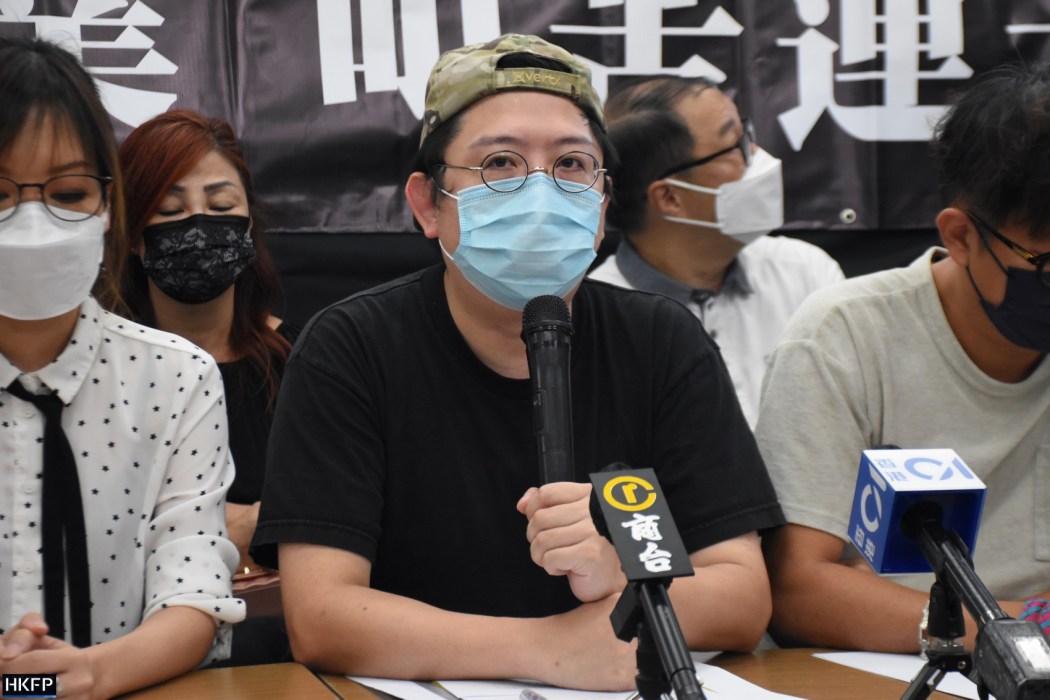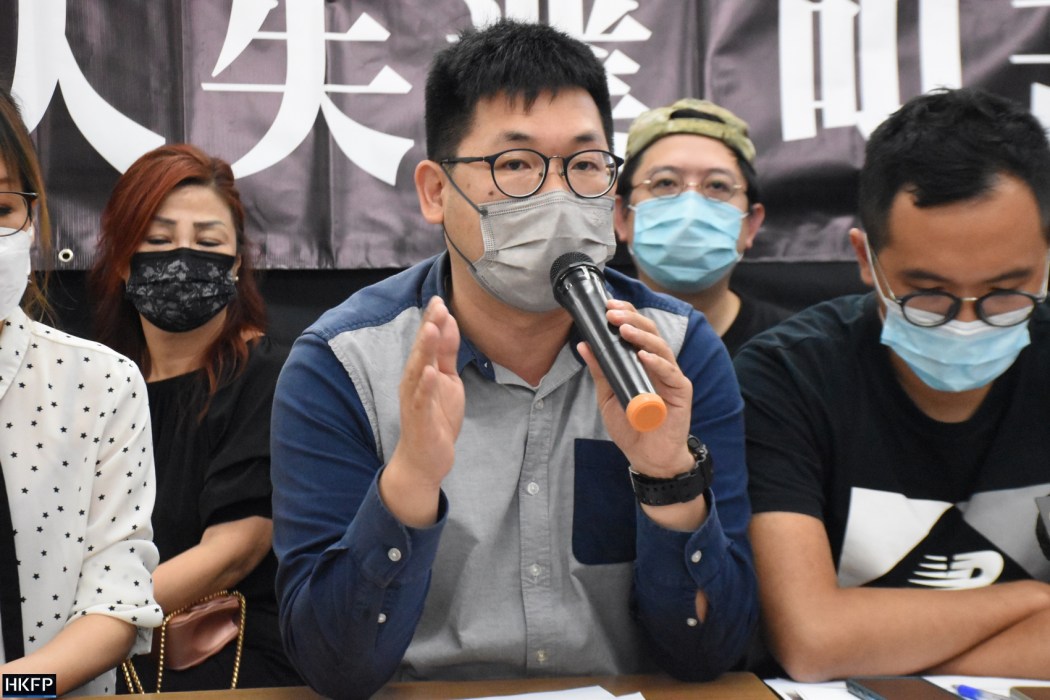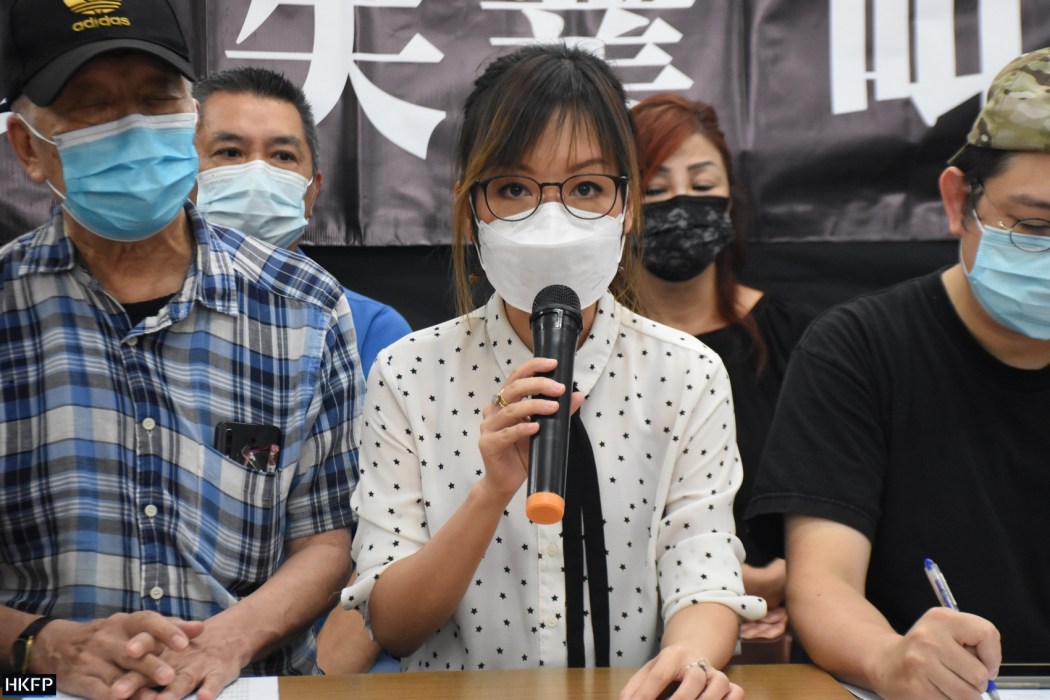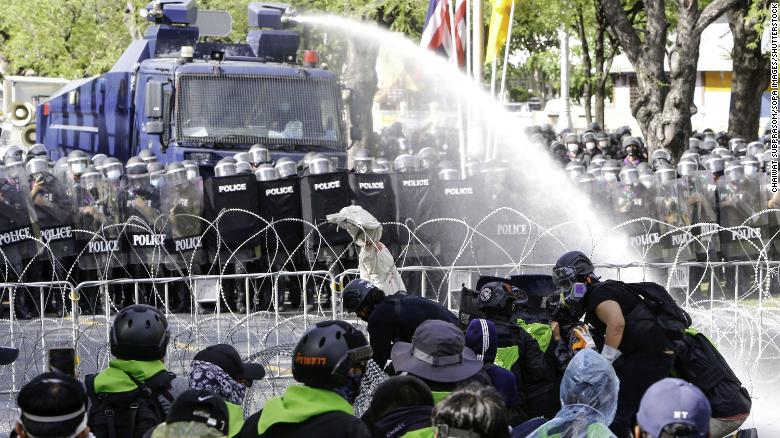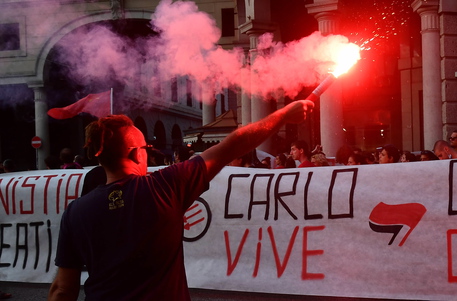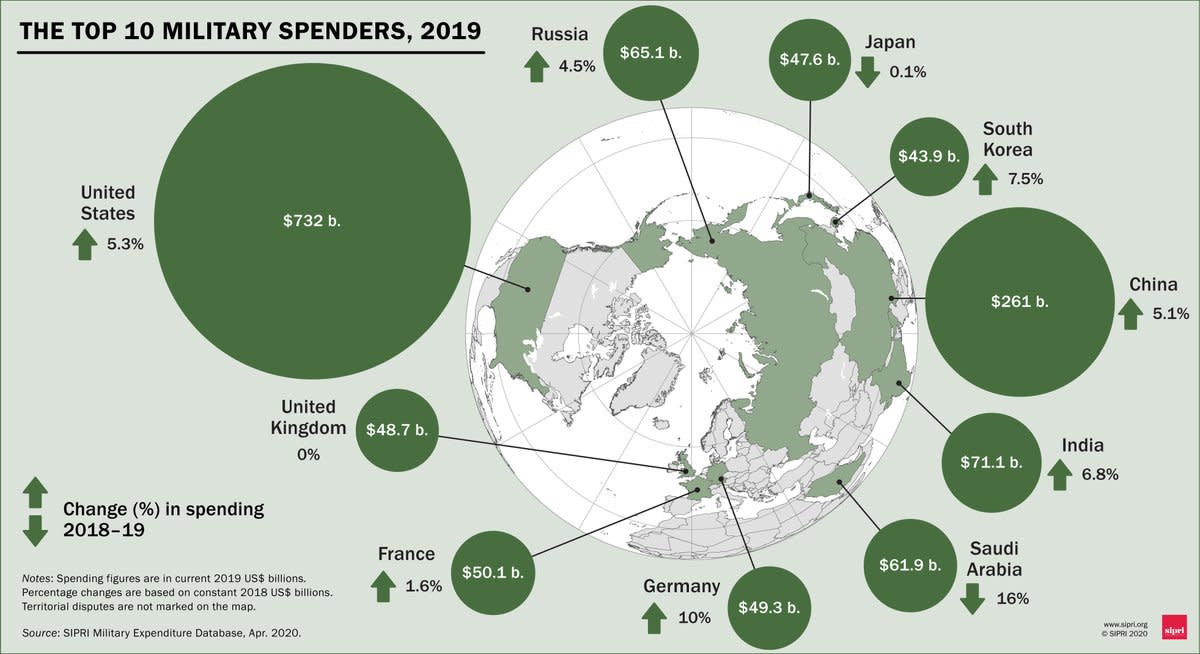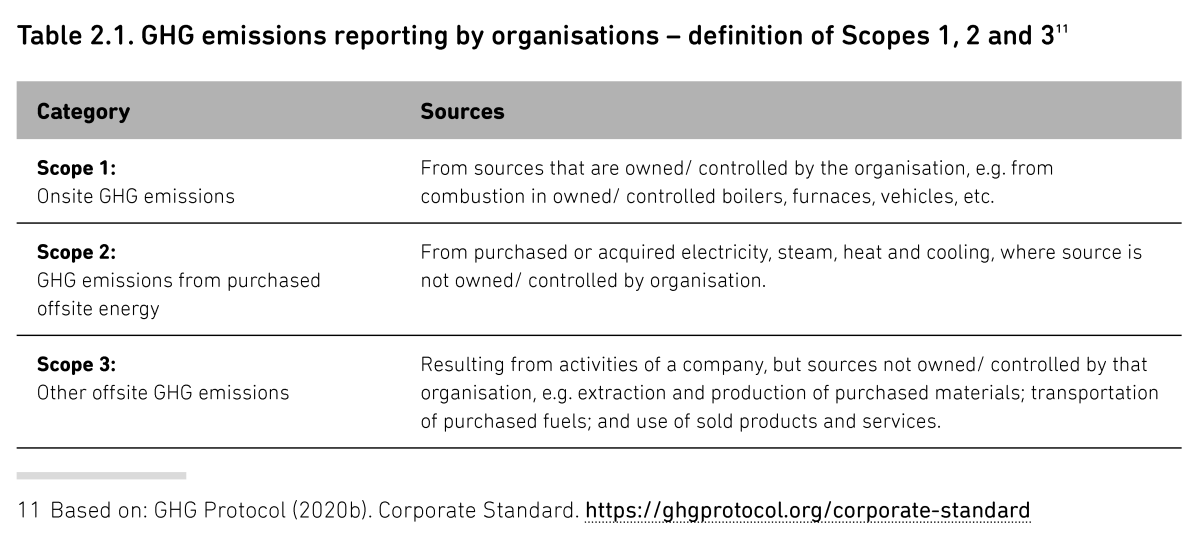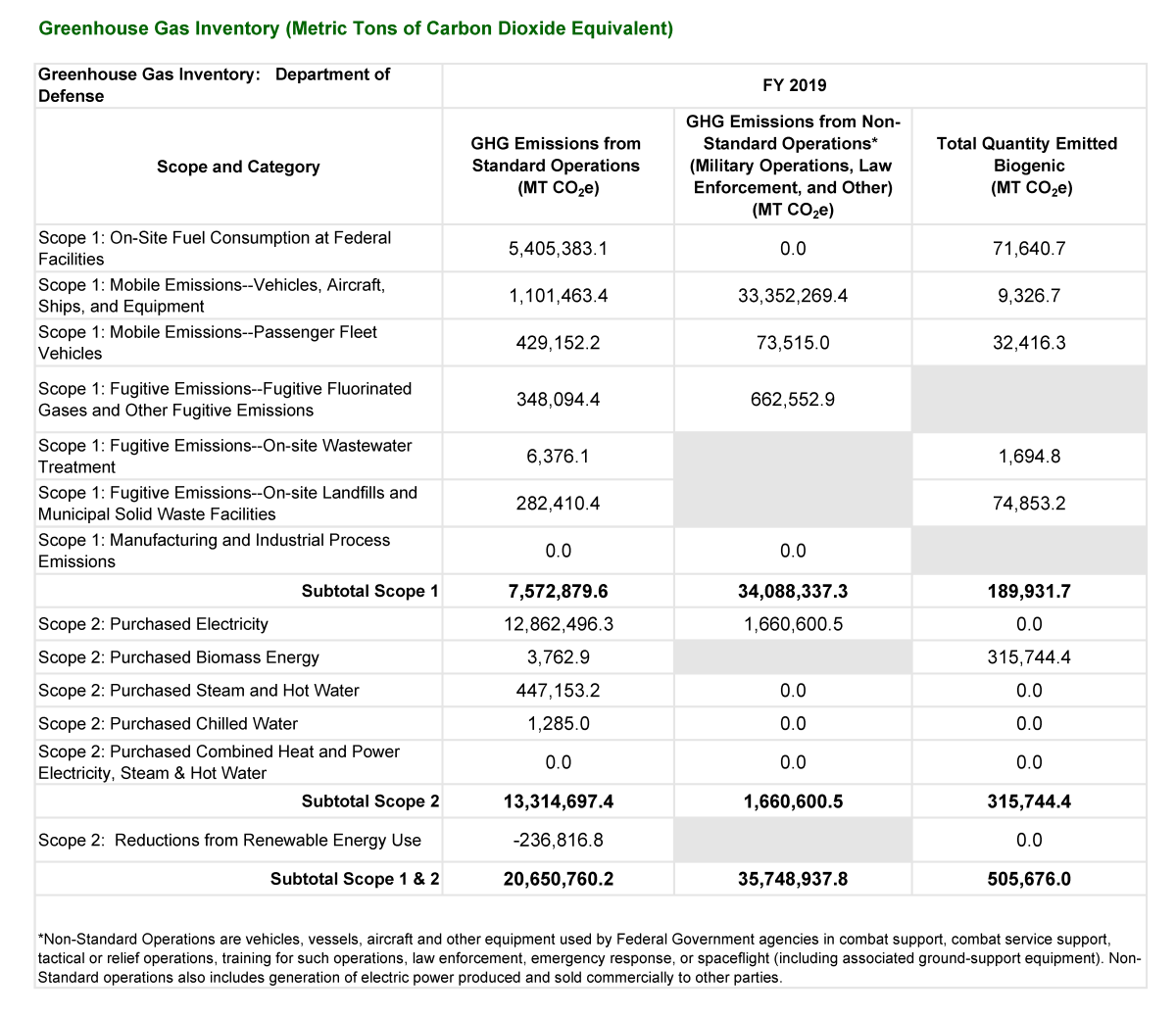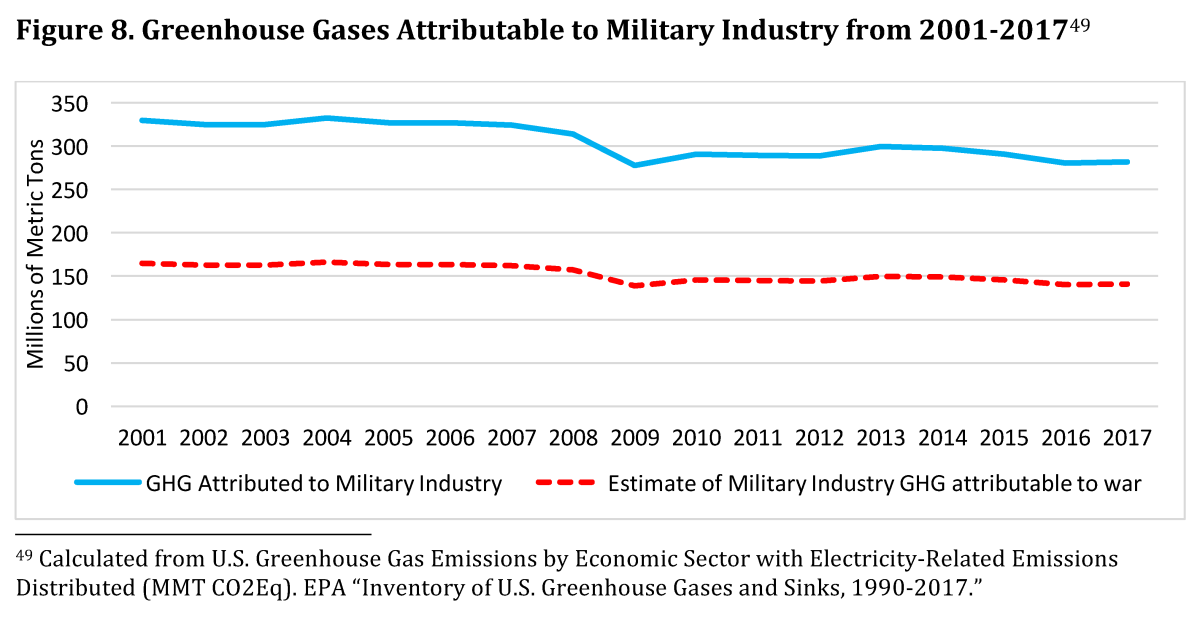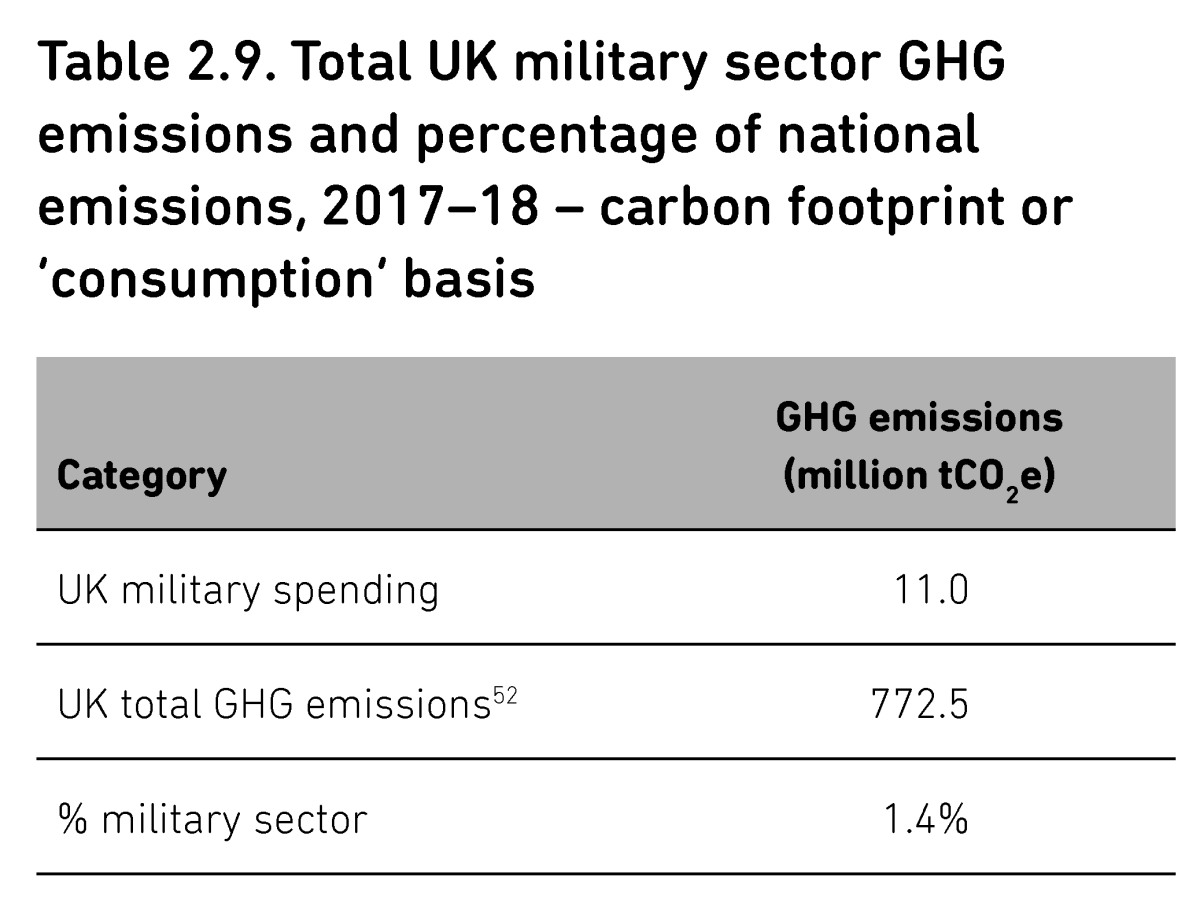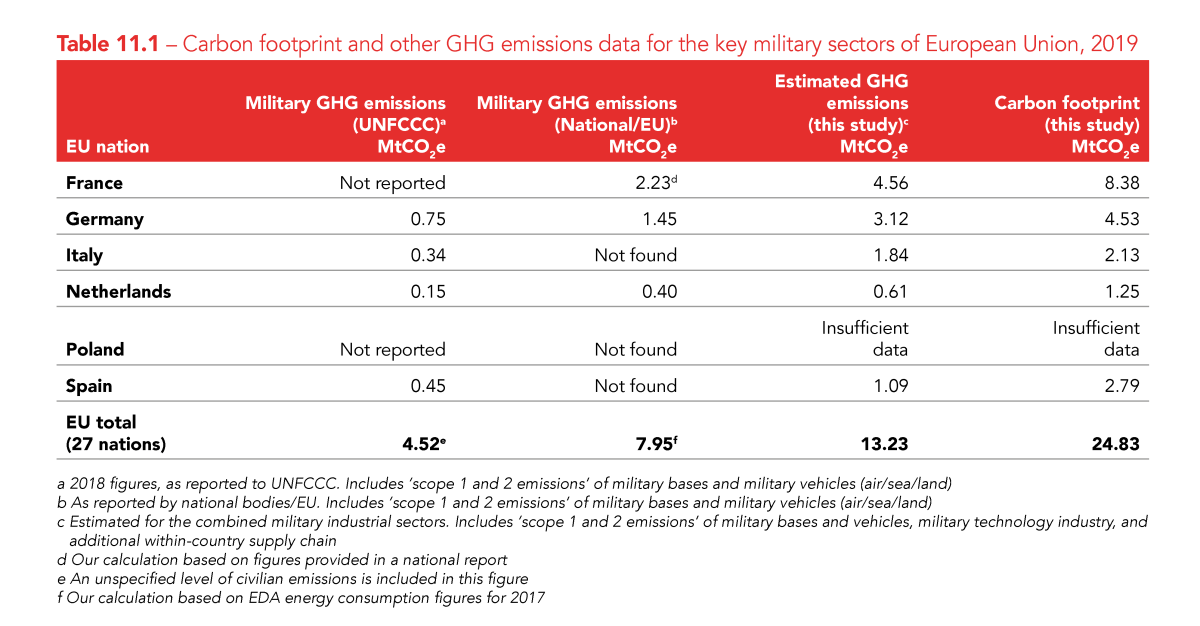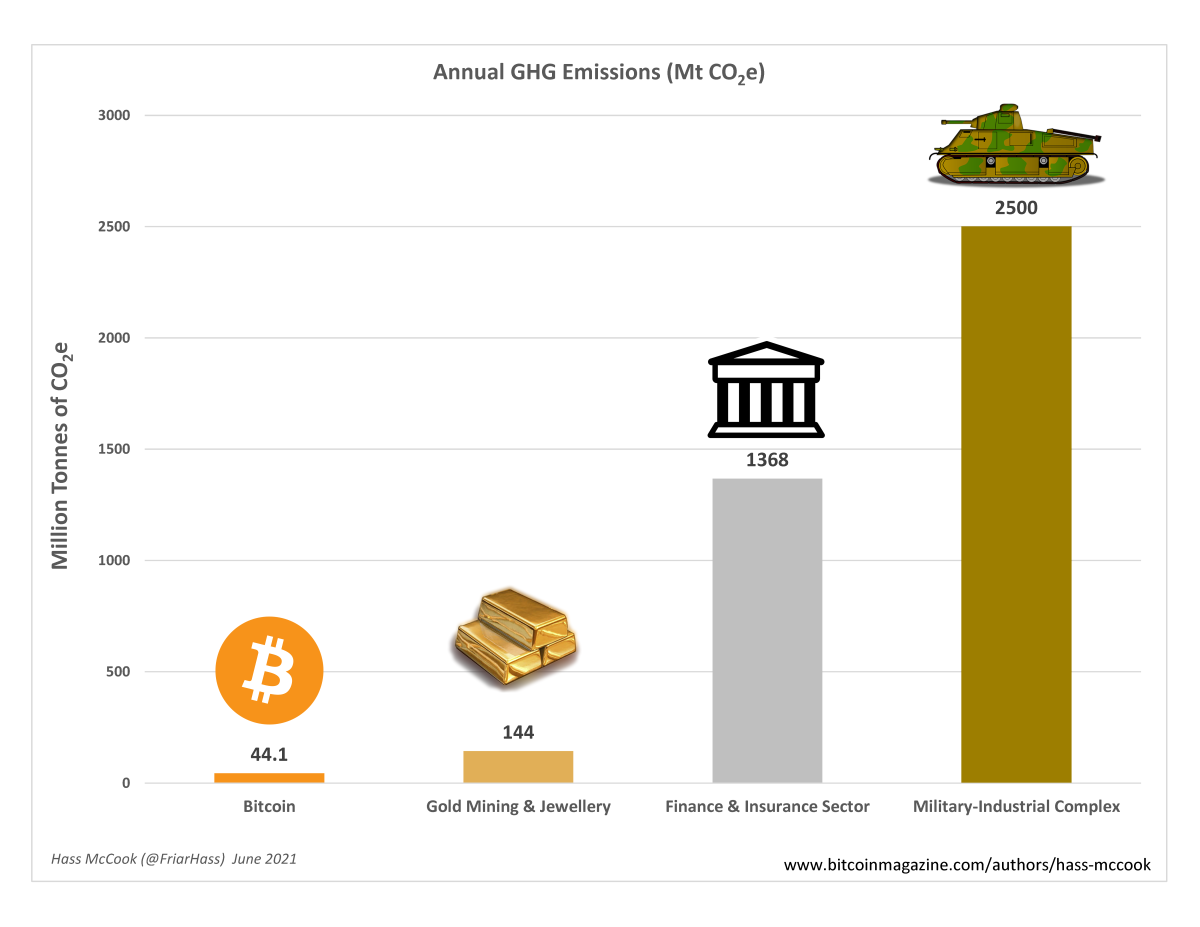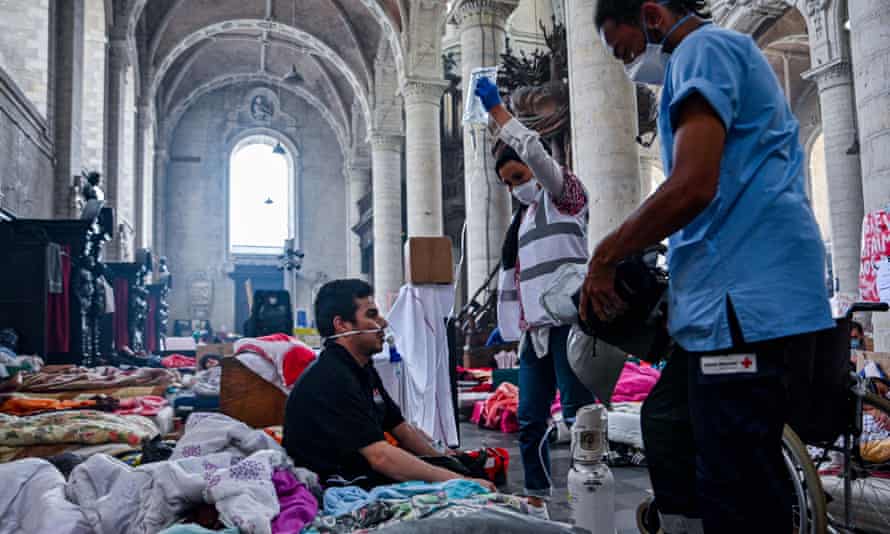While the committee will gain major new powers under changes ordered by Beijing, it will become less democratic than ever.
The number of people eligible to choose members of Hong Kong’s powerful new-look Election Committee has dropped by almost 97 per cent following a political overhaul ordered by Beijing to ensure that only “patriots” run the city.
A total of 7,891 voters registered for the Election Committee election in September this year, according to a statement by the Registration and Electoral Office on Sunday. In the last election for the body in 2016, there were 246,440 voters.

The powers of the committee, whose only task previously was to elect the Chief Executive, have been greatly expanded under the overhaul. It will now select 40 members of a new-look 90-strong Legislative Council and will nominate all candidates for LegCo.
The committee’s membership will rise from 1,200 to 1,500 and many more of its members will be chosen by pro-Beijing groups.
The political overhaul announced in March will reduce the number of directly elected seats in LegCo from 35 out of 70 to 20 out of 90. Candidates will be vetted by a pro-Beijing panel.
The Hong Kong government says the sweeping changes will ensure the city’s stability and prosperity after the pro-democracy protests and unrest of 2019. But the overhaul prompted international condemnation, as it makes it much more difficult for pro-democracy candidates to stand.
Under the new electoral list, the education sector has 1,725 voters, the highest sector among all groups, Stand News reported. But this compares with 80,000 voters from the sector in the last election, as only organisations and not individuals are allowed to register as voters for the the 14 elected seats this year.
Local media also reported that 404 bodies have registered as “grassroots organisations,” a new group. They included such entities as the Modern Mummy Group, Tai Kok Tsui Friends, and “Chinese Arts Papercutting Association,” iCable reported.
Modern Mummy Group told RTHK that it was affiliated with the New Territories Association of Societies, a pro-establishment association chaired by lawmaker Leung Che-cheung.
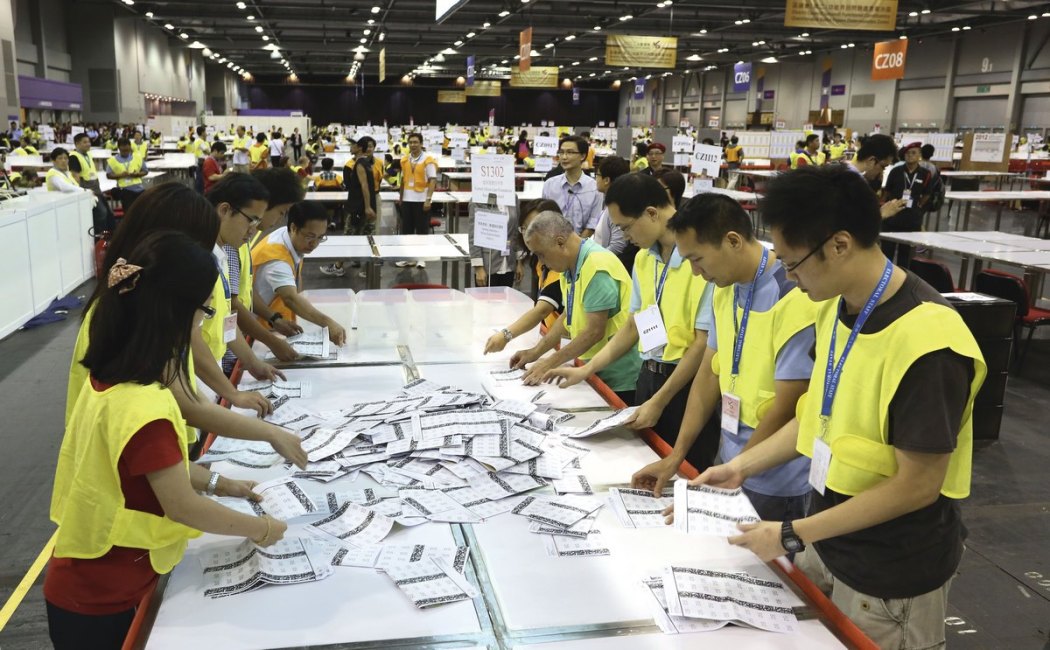
On March 30, Beijing passed legislation to ensure “patriots” govern Hong Kong. The move reduced democratic representation in the legislature, tightened control of elections and introduced a pro-Beijing vetting panel to select candidates. The Hong Kong government said the overhaul would ensure the city’s stability and prosperity. But the changes also prompted international condemnation, as it makes it near-impossible for pro-democracy candidates to stand.
The government also announced new arrangements for media outlets and political organisations to inspect the provisional register of voters.
There will be a five-day period to view the register, from Sunday to Thursday. Applicants can only register for a 45-minute slot each day, for a maximum of three days. They are also not allowed to take photos, record, or write down any information.
The restrictions came after the High Court ruled in an appeal last year that only media outlets, political organisations, and candidates in the election are allowed to inspect the register.

